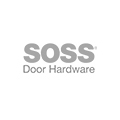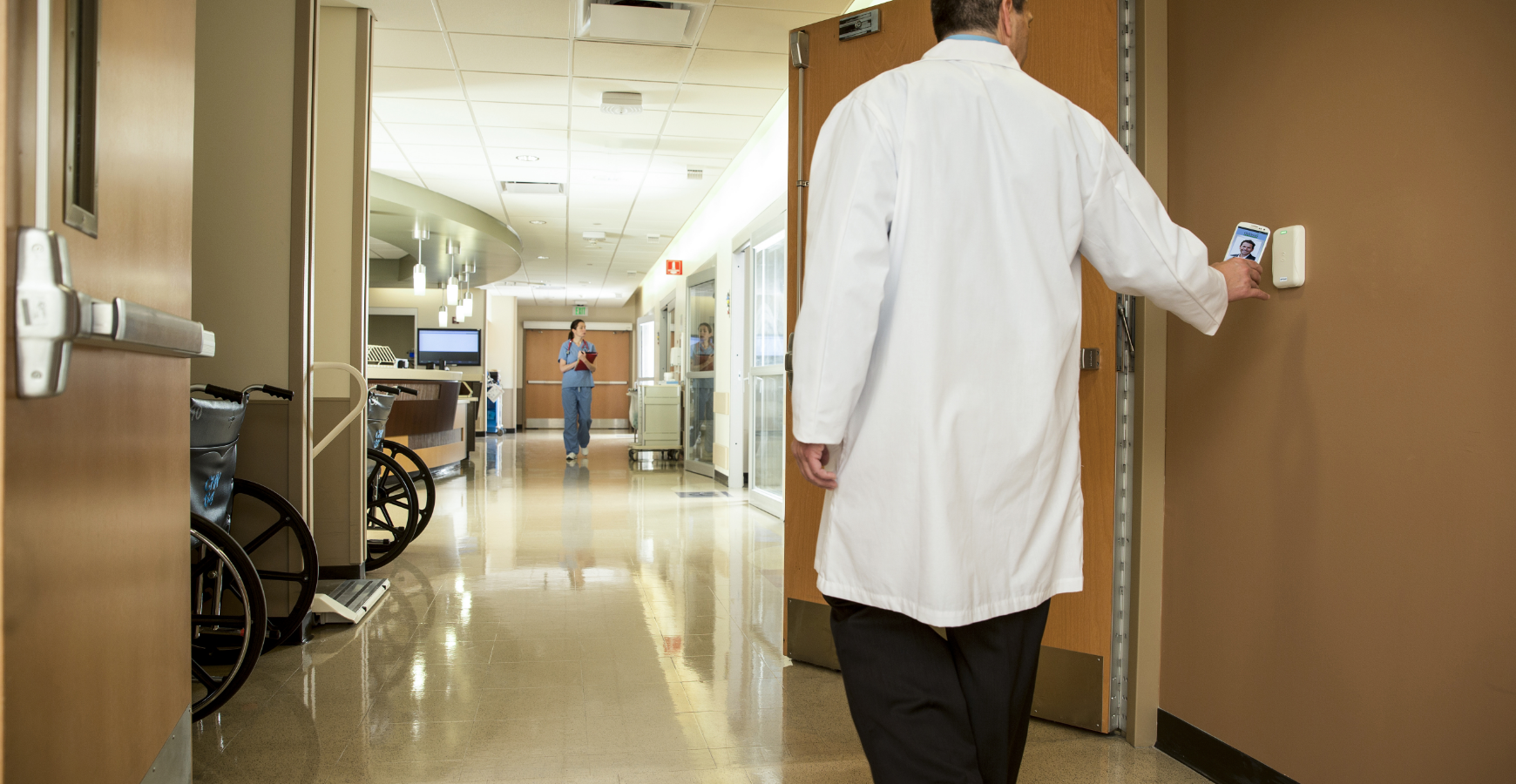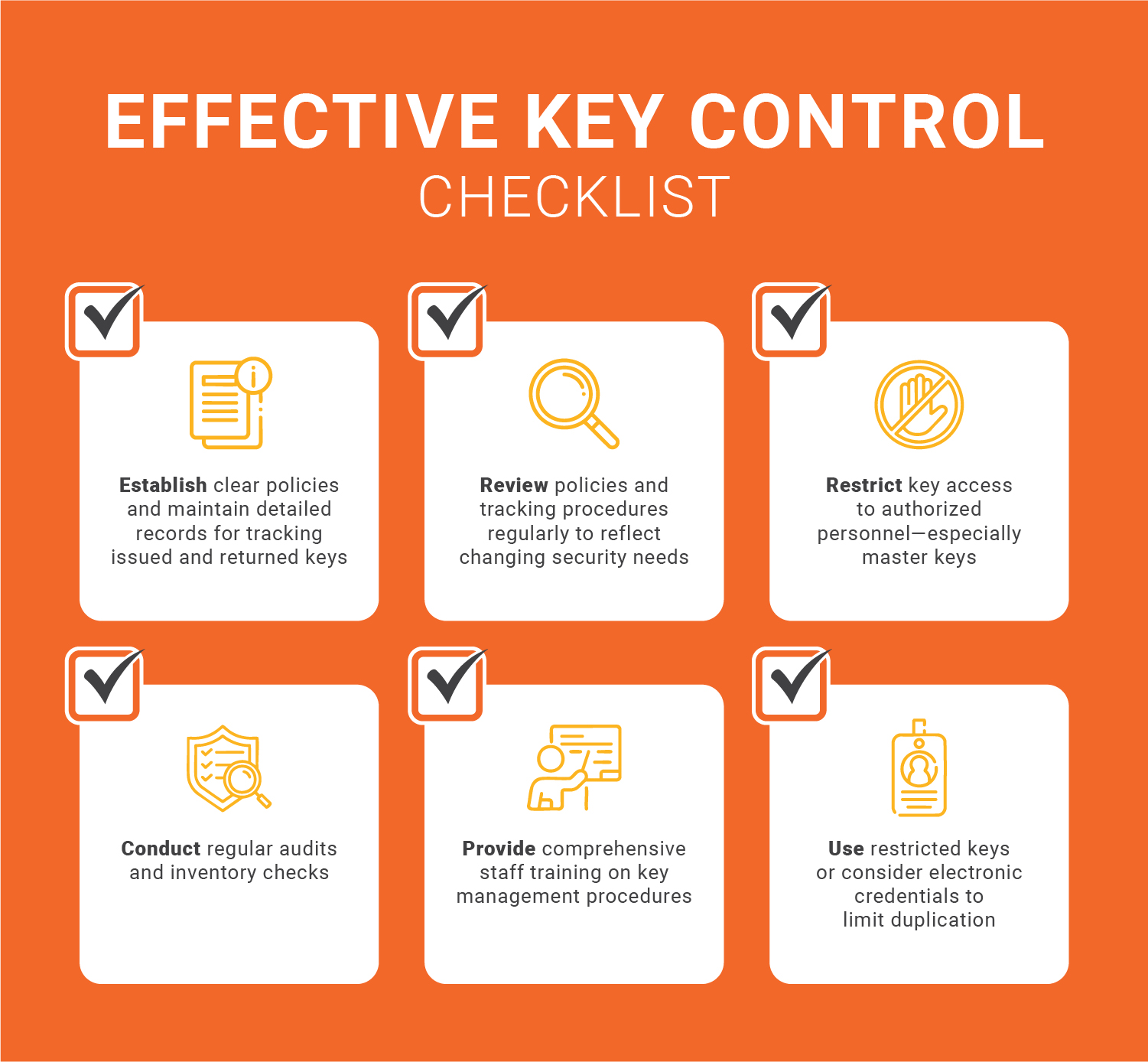Selecting the Right Key Management System for Schools
Schools often face a delicate balance between cost and security when choosing key management systems. While there are several types of key management systems to choose from, the requirements of each school must be taken into consideration when selecting the right system.
Compare & Contrast: Manual, Electronic and Hybrid Systems
Manual systems, which rely on physical key cabinets and paper logs, offer a low-cost and straightforward solution. They are easy to implement and require minimal technical infrastructure, making them accessible for schools with limited budgets or smaller campuses. However, manual systems are prone to human error, lack real-time tracking and provide limited audit capabilities, which can hinder accountability and security in busy school environments with high user turnover.
Electronic key management uses electronic locks, automated logs and user authentication methods such as PIN codes, RFID cards or biometrics. These systems provide enhanced security, real-time tracking, and comprehensive audit trails, significantly improving accountability and reducing the risk of lost or misused keys. While electronic systems often come with higher upfront costs and require ongoing maintenance, they are well suited for larger schools or districts with complex access needs and frequent personnel changes.
The choice between manual and electronic systems should consider the school’s size, available resources, and specific security requirements.
Hybrid key management combines the strengths of both manual and electronic approaches, offering a flexible solution that balances cost-effectiveness with security needs. For example, a school might use key cabinets with electronic access logs or electronic authentication for selected high-security keys, like master keys, while maintaining manual tracking for less sensitive areas. This combined approach allows schools to tailor their key control strategies based on risk levels and budget constraints, providing enhanced oversight without the full expense of a comprehensive electronic system.
 Featured ProductSchlage Credential Services deliver control, security and flexibility without limiting your options. From encryption keys to card tracking and custom artwork, our services help create an access control plan that fits today and grows with you tomorrow.
Featured ProductSchlage Credential Services deliver control, security and flexibility without limiting your options. From encryption keys to card tracking and custom artwork, our services help create an access control plan that fits today and grows with you tomorrow.









































